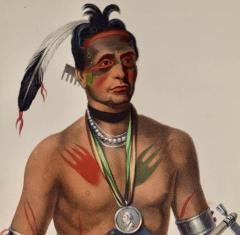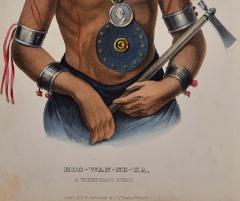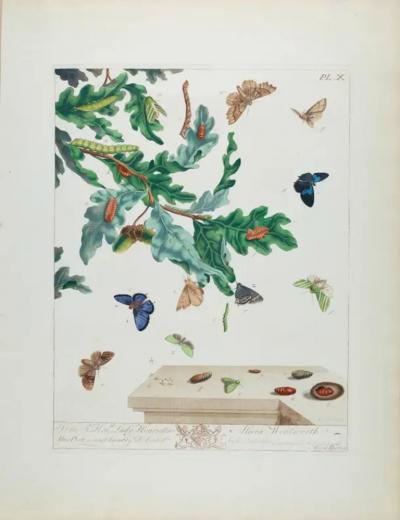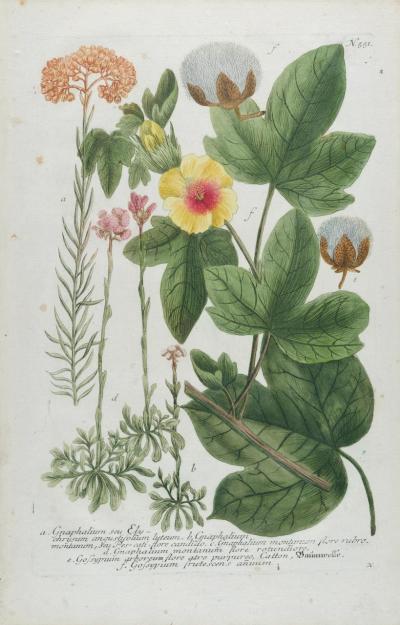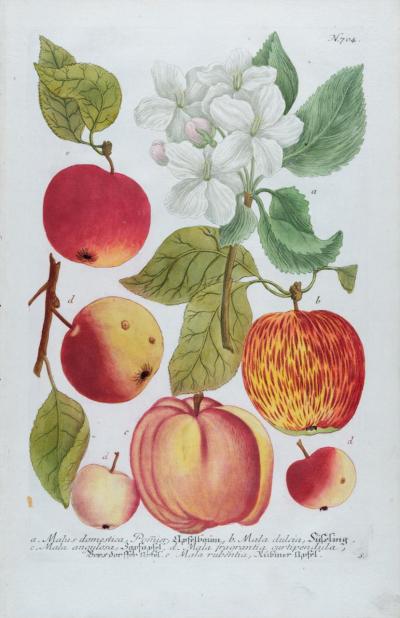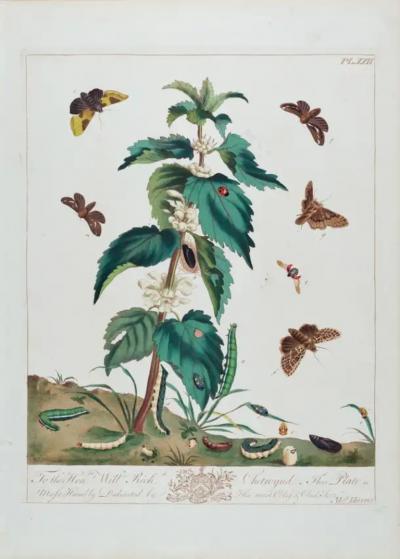Hoo-Wan-Ne-Ka, A Winnebago Chief: Original Hand-colored McKenney & Hall Litho
-
Description
This is an original 19th century 1st octavo edition hand-colored McKenney and Hall lithograph of a Native American entitled "Hoo-Wan-Ne-Ka, A Winnebago Chief", lithographed by J. T. Bowen after a painting by Charles Bird King and published by Rice and Hart in Philadelphia in 1848. For this portrait, Hoo-Wan-Ne-Ka appeared in the costume that he wore at the time of his address to Congress. McKenney described his costume as "...fantastic style, and clad in these wild and picturesque habiliments". This included a single feather and a comb in his hair, two metallic bands on each arm, a large medallion over his abdomen, a silver necklace and his presidential peace medal hanging by a ribbon from his neck. He held a tomahawk in his hands. This original McKenney and Hall hand-colored lithograph is printed on a sheet measuring 10.25" high and 6.75" wide. There are faint smudges and small spots in the lower margins and a short tear at the left edge, repaired on the verso. The print is otherwise in very good condition. The original descriptive text pages, 289-290, from McKenney and Hall's 19th century publication are included. A famous Winnebago chief, Hoo-Wan-Ne-Ka, also known as Little Elk, led his people during the early part of the 19th century. He was was painted by James Otto Lewis (1799-1858) at the Treaty of Prairie du Chien (1825) and he was also painted by Charles Bird King and George Catlin (1796-1872) in 1824 in Washington, D.C., during a visit of a Winnebago delegation. The Winnebago inhabited the Great Lakes region of United States. Hoo-Wan-Ne-Ka was a war chief. He fought with the British in the War of 1812. Following the conclusion of the war he swore allegiance to the United States and later signed treaties at the Prairie du Chien council in 1825 and at Fort Armstrong in 1832. During the summer of 1824, Hoo-Wan-Ne-Ka traveled to the White House as a delegate for the Winnebago, where he addressed President Monroe and Congress, along with various foreign envoys and Colonel McKenney. Col. Thomas J. McKenney was Superintendant of The Bureau of Indian Affairs from 1816 until 1830. He was one of a very few government officials to defend American Indian interests and attempt to preserve their culture. He travelled to Indian lands meeting the Native American leaders. He brought with him an accomplished artist, James Otto Lewis, who sketched those willing to participate. A large number of the most influential Indian chiefs and warriors were later invited to come to Washington in 1821 to meet President Monroe. McKenney commissioned the prominent portrait painter Charles Bird King, who had a studio in the capital, to paint these native American leaders, who chose the costumes they wished to wear for the sitting. The magnificent resultant paintings were displayed in the War Department until 1858, and were then moved to the Smithsonian Institute. When Andrew Jackson dismissed McKenney in 1830, he gave him permission to have the King portraits as well as some by other artists, including George Catlin and James Otto Lewis, copied and made into lithographs, in both folio and octavo sizes. McKenney partnered with James C. Hall, a Cincinnati judge and novelist to publish the lithographs and the text written by Hall. The work was extremely expensive to create and nearly bankrupted McKenney, as well as the two printing firms who invested in its publication. The resultant work gained importance when Catlin's paintings were destroyed in a warehouse fire and Charles Bird King's and James Otto Lewis’ portraits were destroyed in the great Smithsonian Museum fire of 1865. The McKenney and Hall portraits remain the most complete and colorful record of these pre-Civil War Native American leaders. The folio and smaller octavo sized hand painted lithographs remain prized by collectors and institutions, many of which are held by major museums and collections, including the Library of Congress and the Smithsonian Institute.
Framing Options Available
Contact Gallery -
More Information
Documentation: Documented elsewhere (similar item) Origin: United States Period: 19th Century Materials: Lithograph Condition: Good. Creation Date: 1848 Styles / Movements: Tribal, American Indian, Traditional Dealer Reference #: 5009 Incollect Reference #: 616459 -
Dimensions
W. 6.75 in; H. 10.25 in; W. 17.15 cm; H. 26.04 cm;
Message from Seller:
Timeless Intaglio is an online gallery of rare and collectable antiquarian prints, maps and books. Although we specialize in all forms of vintage printed works on paper, the majority were created with the intaglio method of transferring ink from a plate, usually copper, to paper with a technique utilizing pressure generated by a press. Email us directly: rbreiman@timelessintaglio.com


















